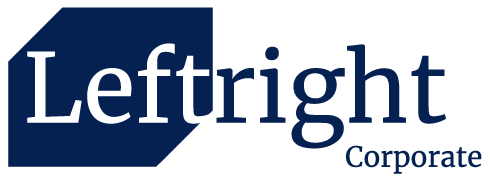As of YA2020, IRAS has introduced a simpler version of Form C-S, called Form C-S (Lite). Read our introduction to Form C-S (Lite).
Introduction to Form C/C-S
Essentially, Form C / Form C-S are forms that every company must submit to IRAS for its tax returns. They must be submitted every year of assessment (YA). Beginning from YA2020, it is mandatory for all companies to e-file their Form C / Form C-S by 15th December each YA.
As of YA2020 there are the 3 types of Corporate Income Tax Returns. The 3 types being:
- Form C
- Form C-S
- Form C-S (Lite) new!
A company would only need to submit and file 1, depending on eligibility.
The Form C-S / C is a declaration form for companies to declare their actual income. Companies must ensure that the form is correctly completed and gives a full and true account of the company’s income.
Companies are still required to file the Form C-S/ C even if they are making losses.
What is Form C-S?
Form C-S is a simplified tax return forms for small companies.
From Year of Assessment (YA) 2012, IRAS introduced Form C-S – an Income Tax Return form shortened to three pages for qualifying small companies to report their income to IRAS. Form C-S simplifies the filing procedure for small companies.
As compared to Form C, Form C-S has half the number of fields and it comprises of:
- A declaration statement of the company’s eligibility;
- Information on tax adjustments; and
- Information from the financial accounts.
No Need to Submit Documents unless Requested
Unlike Form C, there are no requirement to submit documents when filing Form C-S; unless specifically requested from IRAS.
Aside from having fewer fields to fill, qualifying small companies are also not required to submit financial statements and tax computation because essential tax information and financial information would have to be declared in the Form C-S.
However, companies should still prepare these financial statements and tax computation and submit them to IRAS for verification upon request.
Eligibility of Form C-S
From YA 2017, companies will qualify to file Form C-S if they meet all of the following conditions:
- The company must be incorporated in Singapore;
- The company must have an annual revenue of $5 million or below
- The company only derives income taxable at the prevailing corporate tax rate of 17%; and
- The company is not claiming any of the following in the YA:
- Carry-back of Current Year Capital Allowances/ Losses
- Group Relief
- Investment Allowance
- Foreign Tax Credit and Tax Deducted at Source
If any of the above are not met, the Company must file using Form C instead.
Companies are required to submit their company’s financial statements, tax computation and supporting schedules together with Form C.
What is Form C?
Companies who do not meet the eligibility to file Form C-S must file Form C instead.
In other words, if the company has any 1 of the following characteristics below, it has to file Form C instead:
- The company is not incorporated in Singapore;
- The company have an annual revenue of more than $5 million
- The company not only derives income taxable at the prevailing corporate tax rate of 17%; and
- The company is claiming any of the following in the YA:
- Carry-back of Current Year Capital Allowances/ Losses
- Group Relief
- Investment Allowance
- Foreign Tax Credit and Tax Deducted at Source
To put it simply, Form C submission is usually for larger companies, and more tedious to file. This is because there are more fields to enter, and more requirements such as the upload of various financial documents.
How to Prepare to File Form C
Just like any transactions with the government, you would need to be assigned a CorpPass account with access to the IRAS tax e-services. After which, you would need to submit the following:
- Form C itself.
- Audited / unaudited financial statement report – which must include the Statement by Directors as well as Directors’ Report. Dormant companies, or those who have filed full set of XBRL accounts on ACRA need not prepare this.
- Detailed profit and loss statement.
- Tax computation and supporting schedules
- Revised tax computation(s) for prior Year(s) of Assessment (YAs)
- For companies claiming tax benefits from R&D expenditure – the respective R&D claim forms.
- For companies claiming Writing Down Allowances – Declaration Form.
Note that the above must be in pdf format.
Failure to File Form C/C-S
If the company does not file its Form C-S/ C by the due date, IRAS may issue a Notice of Assessment (NOA) based on an estimation of the company’s income.
If the company wishes to dispute with IRAS’ estimated assessment, the company may inform IRAS by filing a Notice of Objection within two months. Even if the company objects to the estimated assessment, tax on this assessment must still be paid within one month from the date of the NOA.







